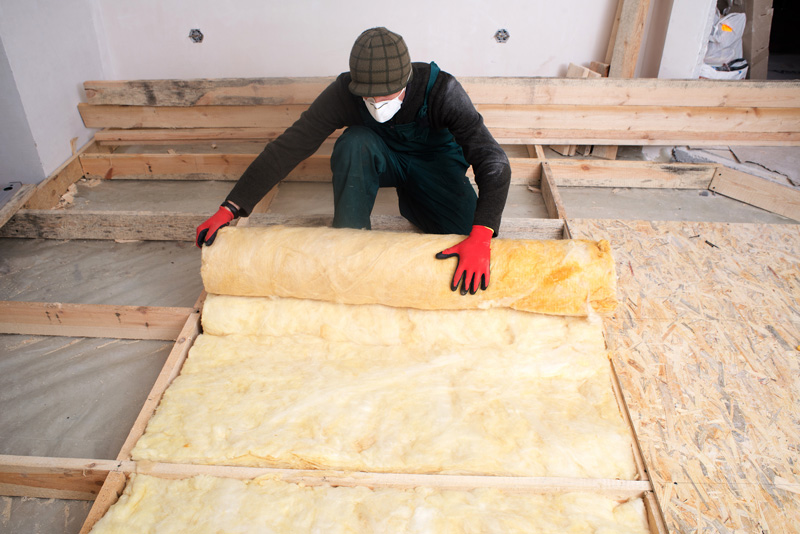Unless you live alone, you are probably well aware that the noise from one family member can easily be heard beyond the walls of a room. Even worse is hearing loud stereo systems, the washing machine and dryer or children who don’t want to settle down before bed. There is a solution to noise overflow within your home and one of the best preventative measures: floor sound insulation.
Where to Install Floor Insulation
It may seem obvious that floor insulation should be installed in the floor. Well, there is a little more to it than that. Ideally, floor insulation should be installed during the construction phase of a home to be the most effective. Your choices in materials include regular fibreglass insulations that have been used on your exterior walls, ceilings and in the attic. You can also install corking or rubber-based floor insulations.
Floor sound insulation installed during construction allows the materials to be placed between the flooring layers. By adding insulation here, you are able to add thicker materials that may offer better sound proofing. You can still improve the noise level in an existing home. The best time to install it is if you are replacing the carpet or other flooring or need to repair the flooring in a specific room.
When old floor coverings have been removed, new floor insulation can be added directly to the top of the sub-flooring. This can be placed under carpet, vinyl floors, wood, or ceramic tile. It doesn’t matter what type of flooring is going on top – what does matter is what type of insulation you use to sound proof.
The best, meaning the thinnest insulation with the most noise reduction capabilities, is going to be some sort of self-contained material. Fibreglass insulation is that loose pink or yellow fluff that has a paper backing. It is best for walls and ceilings. For floors, a rubber or cork insulation will provide the most durable underlying material. It will also not raise floors significantly and will allow such materials a vinyl to go down smoothly.
Why Choose Soundproofing
As a house ages, the creaks and noises seem to increase. By adding floor sound insulation as part of your next DIY project, you are giving the floors more stability. This will not only reduce the amount of noise seeping from the rooms above but will help quiet squeaky floors that have had their screws come a little loose over the years or whose boards may have warped a bit.
Consider soundproofing as an investment in your house. The value will be increased as you improve the quality of noise control.


